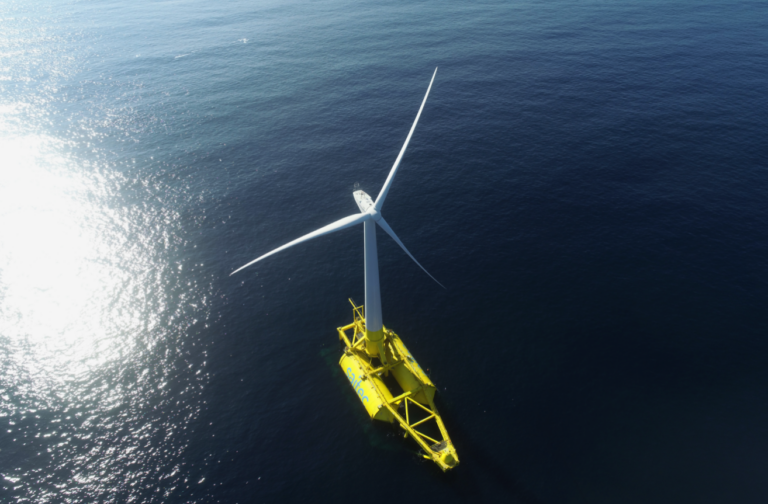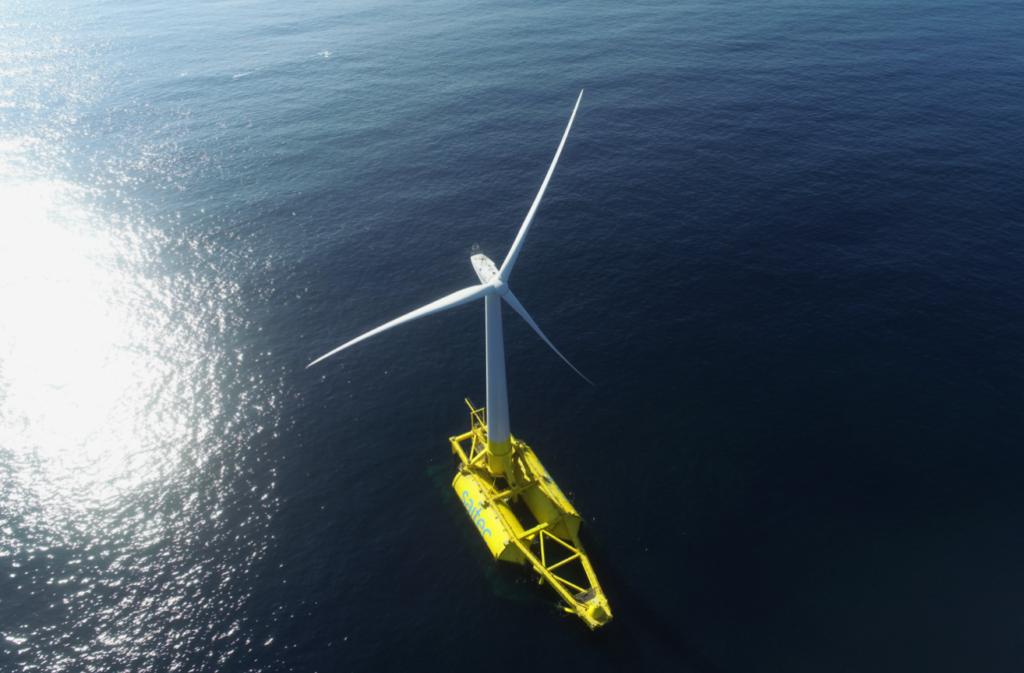Saitec Offshore Technologies, in collaboration with RWE and Kansai Electric Power, has secured the final prototype certification for the DemoSATH floating wind project from Bureau Veritas Marine & Offshore (BV).

The certification of DemoSATH by BV confirms that comprehensive standards for safety, structural integrity, and operational feasibility, including BV NR 572, have been applied to the DemoSATH (Swinging Around Twin Hull) floating platform.
The certification process involved a detailed review of engineering aspects, including the platform’s basic design, mooring systems, and safety and electrical systems, according to Saitec.
Irati Larrinaga, Foundation Package Lead Engineer of Saitec Offshore Technologies, said: ”Obtaining the final conformity statement for DemoSATH’s prototype certification is an important milestone for us. It validates the hard engineering work that our team has been doing for over a decade. Moreover, it represents a significant step forward in the development of SATH technology, having undergone a thorough third-party assessment by Bureau Veritas, a globally recognized classification society. We are proud of what we are achieving with the DemoSATH project.”
According to Saitec, BV’s certification process has confirmed that the DemoSATH platform meets comprehensive safety standards, paving the way for its future deployment in commercial floating wind farms worldwide.
This certification further solidifies Saitec Offshore Technologies’ position as a leader in the offshore wind industry, offering innovative and cost-effective solutions to harness offshore wind power.
Olivier Cartier, Vice President – Technical at Bureau Veritas Marine & Offshore, said: ”The DemoSATH platform showcases its innovative design and robust engineering, meeting the stringent requirements for offshore floating wind technology. We congratulate Saitec Offshore Technologies on achieving this milestone and advancing the development of cutting-edge solutions in renewable energy.”
Located two miles (approximately 3.2 kilometers) off the Basque coast at the Biscay Marine Energy Platform (BiMEP) testing area at Armintza, the DemoSATH platform features a turbine with a capacity of 2 MW that was installed in September 2023.
Its annual production is equivalent to the electricity consumption of about 2,000 Spanish households. This project introduced floating offshore wind technology into Spain’s energy mix for the first time.
Original Story at www.offshorewind.biz
